Sweden’s Great Moose Migration: Nature’s Slow Spectacle Captivating Millions
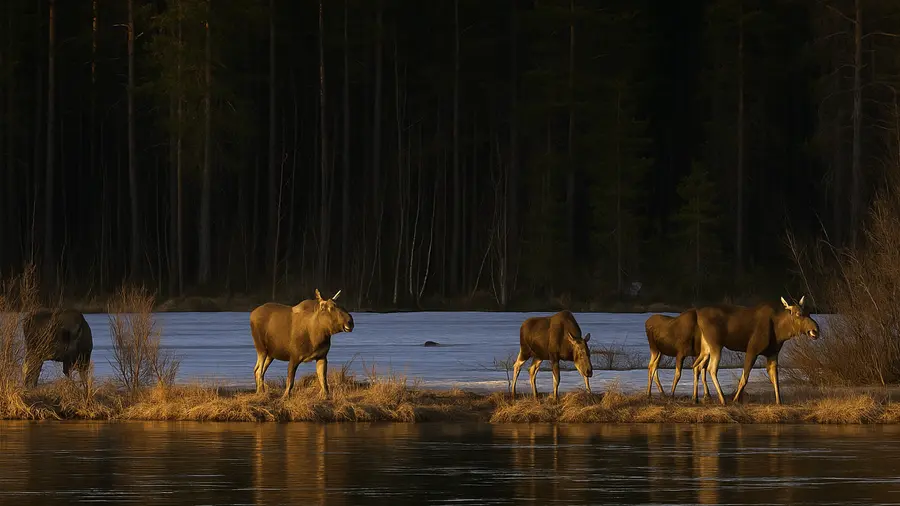

Web desk
Published on Apr 17, 2025, 06:42 PM | 4 min read
Stockholm: Each spring in northern Sweden, a quiet yet extraordinary event unfolds: dozens of moose begin their journey across rivers and forests toward their summer grazing grounds. And with it, the beloved television event Den stora Älgvandringen—The Great Moose Migration—returns, captivating a global audience with its serene beauty.
What began in 2019 as a modest nature broadcast has since become a global sensation. The 20-day livestream, hosted on SVT Play, Sweden’s national streaming platform, now draws more than nine million viewers eager to watch the moose cross the Angerman River and wander through the wild.
“This year’s migration started a week earlier than usual due to warmer weather,” said Johan Erhag, SVT’s project manager. “The moose follow their instincts, not our schedule.”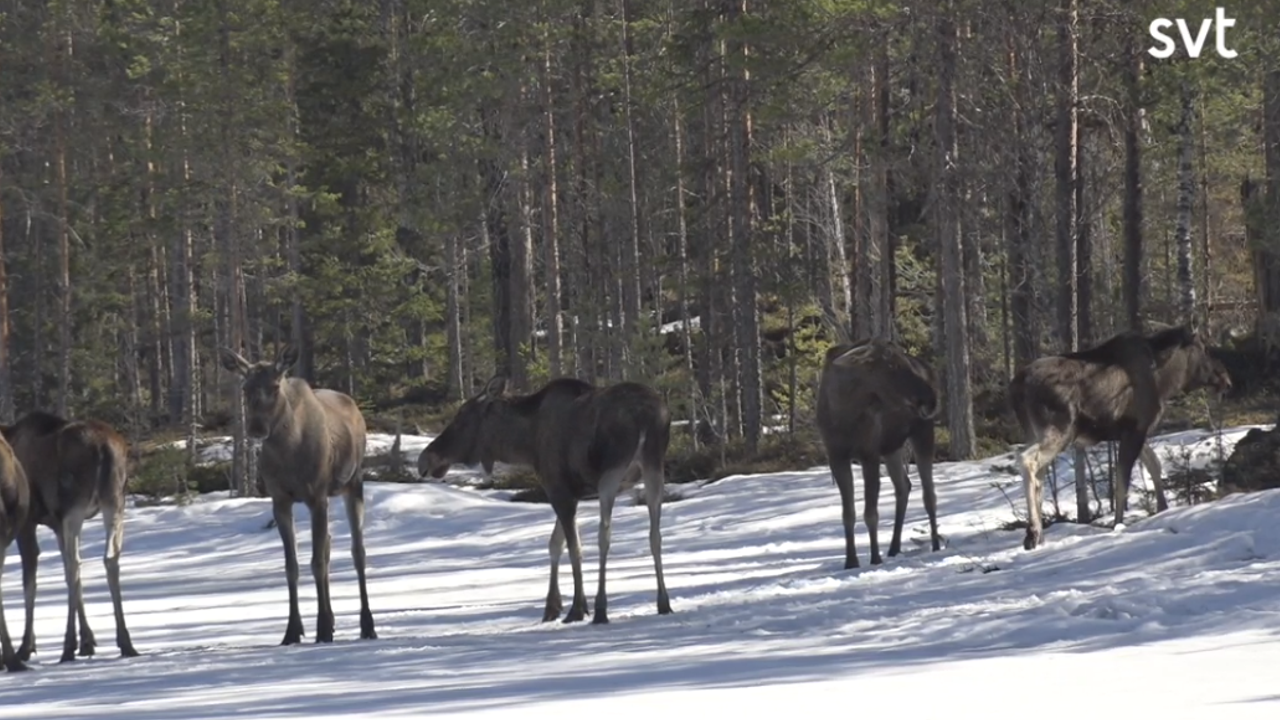
The Allure of Watching Stillness
At first glance, the idea of watching moose on screen might seem uneventful. For hours, viewers are met only with the whisper of wind through spruce trees and the gentle ripple of the river. But the moment a moose steps into view, the livestream’s chat lights up with awe and excitement.
“You become emotionally invested in each moose’s journey,” says Hanna Sandberg, 36, a devoted viewer. She began watching in 2019, though she didn’t see any moose that year. When she tuned in the following season, she finally spotted some—and got hooked. “You can watch them and be part of their natural habitat in a way you never could otherwise,” she said.
For many, the migration is more than a show—it’s a ritual. Ulla Malmgren, 62, organizes her entire schedule around the event. “I prepare meals in advance and stock up on coffee,” she laughs. “Sleep? Forget it. I don’t sleep.” Malmgren is part of a passionate online community of more than 76,000 members who share screenshots, cheer for successful crossings, and swap stories like sports fans after a championship game.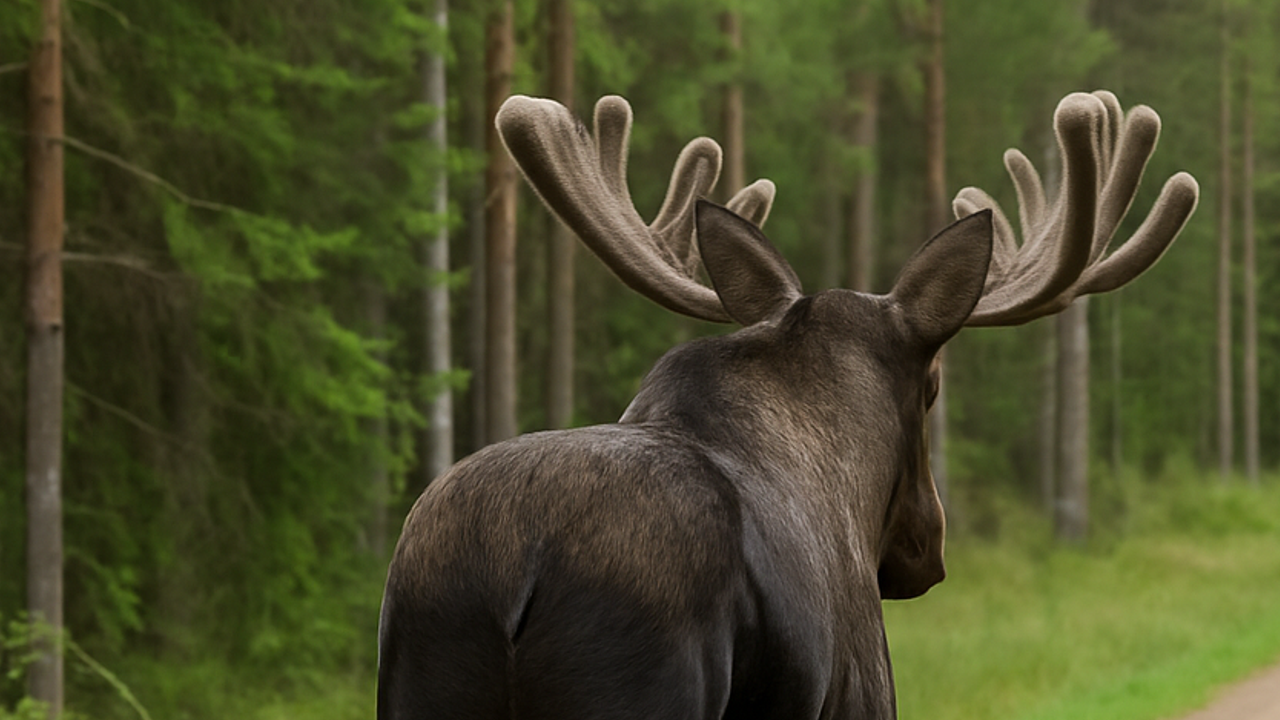
Nature in Your Living Room
Even the crew feels the calming effects. “Everyone who works with it slows down,” said Erhag.
The moose have followed this route for thousands of years, making it relatively easy for the production team to prepare. About 20,000 meters (almost 12 miles) of cable are laid out to support 26 remote cameras, including seven night cameras and a drone.
A dedicated team of up to 15 people works from SVT’s control room in Umea, producing the show from a distance to avoid interfering with the migration.
SVT won’t disclose production costs, but Erhag says it’s “cheap,” especially considering the 506 hours of footage aired last year.
Swedes have long been fascinated by the roughly 3,00,000 moose roaming their forests. The majestic animal—often called the “King of the Forest”—can stand up to 210 centimeters at the shoulder and weigh up to 450 kilograms.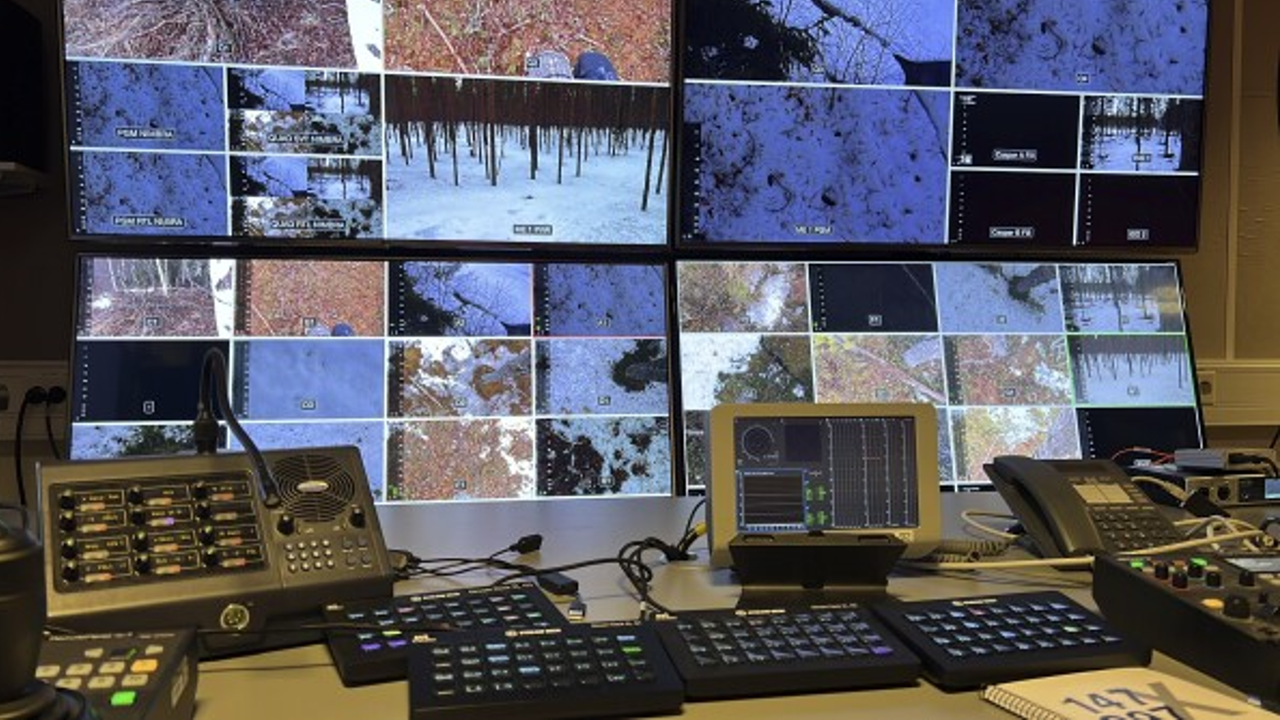
Despite their size, moose are typically shy and solitary. “We actually don’t see them very often. Maybe once or twice in your life while driving,” Erhag said. “That’s part of the appeal—you’re bringing rare nature right into people’s living rooms.”
A Quiet Revolution in Entertainment
"The Great Moose Migration' is part of a growing trend known as slow TV—a genre that emphasizes unfiltered, real-time experiences over fast edits and dramatics. The movement began with Norway’s NRK and its iconic seven-hour train journey in 2009. Since then, the genre has gained international popularity, from the UK to China.
Annette Hill, a professor of media and communications at Jonkoping University in Sweden, says slow TV has roots in reality television but lacks the staging and therefore feels more authentic for viewers. The productions allow the audience to relax and watch the journey unfold.
“It became, in a strange way, gripping,” Hill said. “Nothing catastrophic happens, nothing spectacular happens—but something very beautiful is happening in that minute-by-minute moment.” As both an expert and a fan of the moose migration, Hill said the livestream helps her slow down and reconnect with nature’s rhythm. “It creates a calm, atmospheric setting in my own home, and I really appreciate it,” she said.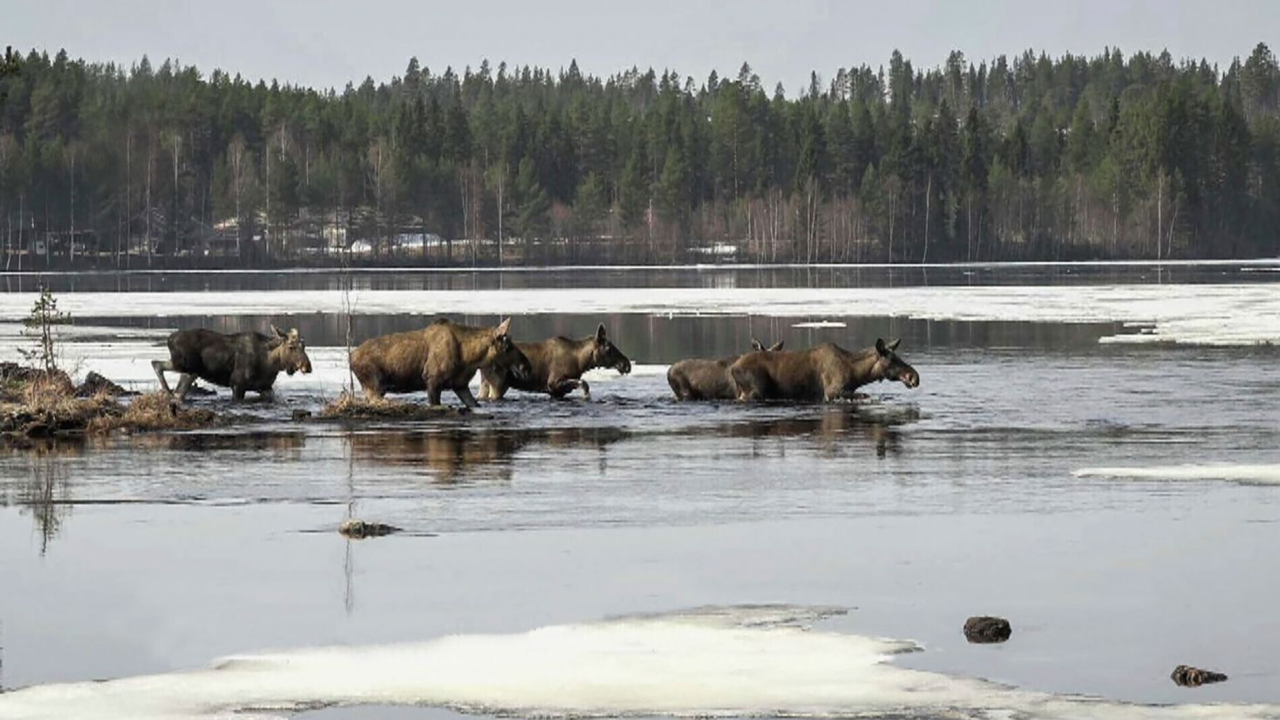
A Seasonal Connection to Something Greater
For many viewers, the moose migration has become a daily meditation. William Garp Liljefors, 20, a superfan who has collected over 150 moose plush toys, puts it this way: “I feel calm watching, but at the same time I’m thinking, Oh, there’s a moose! What if I miss it? I can’t even go to the toilet!”
Running until May 4, the livestream documents the quiet perseverance of nature, as moose continue their ancient trek to summer pastures some 300 kilometers northwest of Stockholm.
In a fast-paced world, this slow march through forest and river offers a rare gift: stillness, wonder, and a reminder that the oldest rhythms still guide us forward.










0 comments